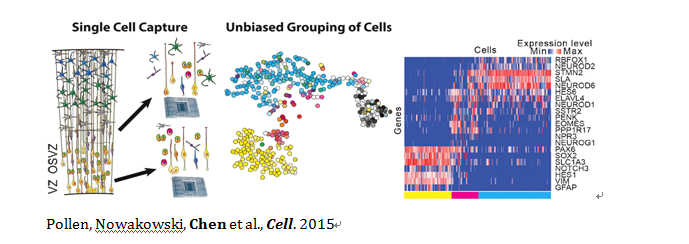

 Location : homepage Laboratories Core Laboratories Jia-dong Chen Research
Location : homepage Laboratories Core Laboratories Jia-dong Chen Research
Since first described in 1877 as a “zone of uncertain function”, the zonaincerta (ZI) and its role in the brain remains incompletely understood. Our recent work demonstratedthe direct evidence that ZI (gamma-Aminobutyric acid, GABA) GABAergic neurons project widely to cortical layer 1 and establish depolarizing GABAergic synapses onto pyramidal neurons in multiple layers of the developing neocortex, thusforming one of the earliest cortical circuits. Blocking ZI GABAergic synaptic activity resulted in reduced apical, but not basal, dendritic branching and reduced synaptic activity of cortical pyramidal neurons;The ZI GABAergic projection becomes inhibitory with maturation and can block epileptiform activity in the adult brain.

Our labwill study the function of ZI GABAergic projection neurons in both developing and the adult brain, by addressing the following questions:
1) What is the developmental origin of zonaincerta? We will study the cell diversity of ZI GABAergic projection neurons using state-of-art single cell transcriptomic analysis, and identify molecular markers for neuronal subgroups in the ZI;

2)How does the ZI control cortical activity in real-time in the adult mouse brain? We will examine the cortical network activity in response to optogenetically activate (via channelrhodopsin-2, ChR2) or silence (via the proton pump archeorhodopsin, Arch) the ZI pathway, both in acute brain slices and in live animals in vivo;
3) What are the behavioral defects after chronically blocking ZI neuron activity during early development? We will examine developmental milestones including neurodevelopmental andneuromotor coordination measures after selectively eliminating ZI GABAergic neurons in neonatal mice.
Our long-term goal is to dissect neural circuit mechanisms underlying the etiology of neurodevelopmental disorders such as epilepsy and autism. We will combine single-cell transcriptomics, optogenetic-based circuit manipulation, in vivo optical and electrical recordings, and behavioral assays to decipher the neural circuits that are defective in brain disorders. Our research will lead to new insights into the cell types and neural circuits that are targeted by human disease mutations. These results hold the potential to enable the development of circuit-based neural therapies targeting brain diseases. We welcome colleagues sharing same research interest andwithvarious background to join our lab.